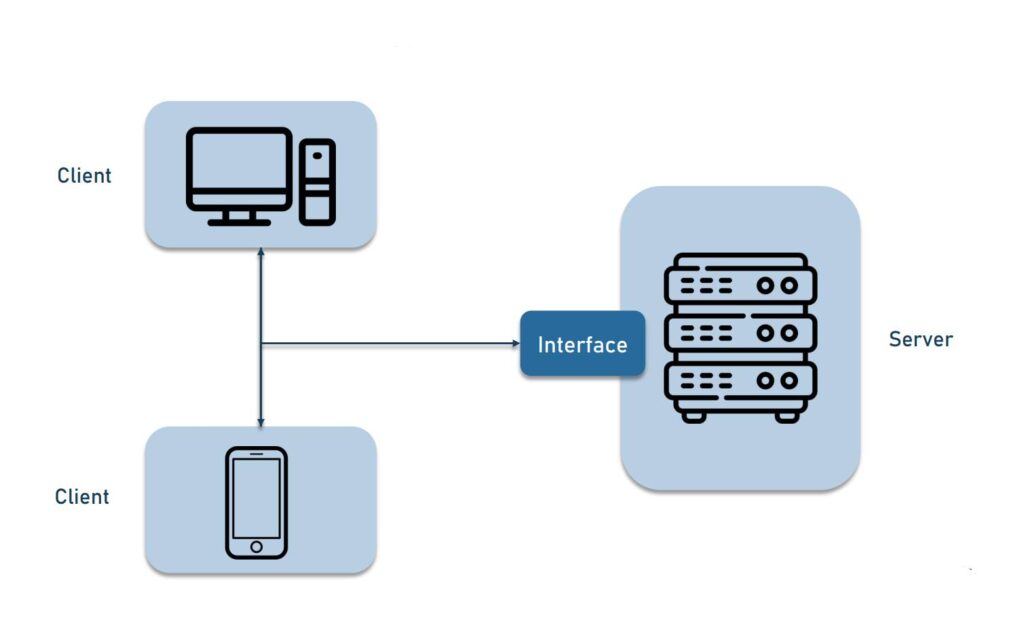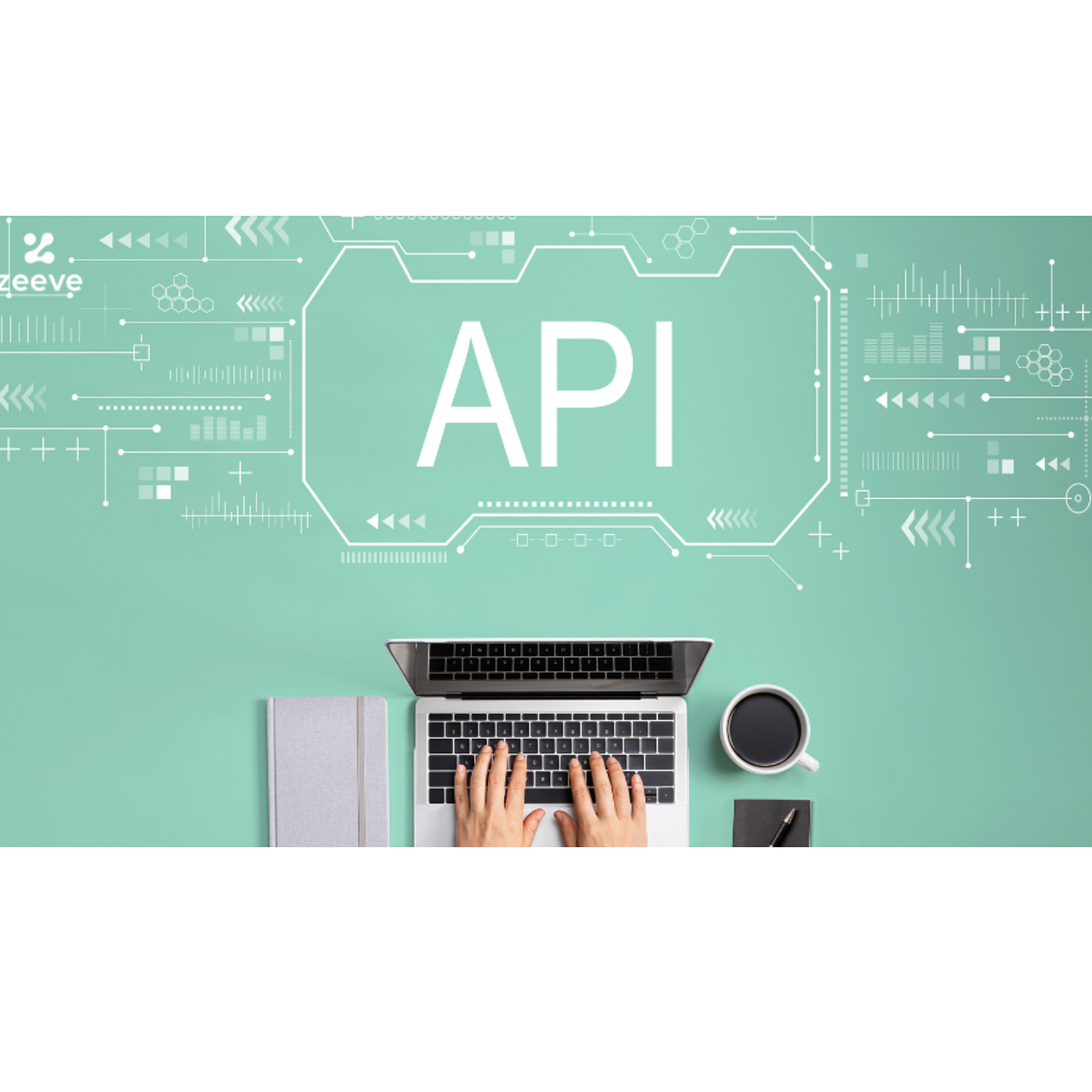Application Programming Interface
In the world of technology, you might have come across the term “API” quite often, but what exactly is an API? In this easy-to-understand guide, we’ll break down the concept of APIs, provide examples, and explain why they are essential in today’s digital landscape.
What is an API?
API stands for Application Programming Interface. At its core, an API is like a bridge that allows different software applications or systems to communicate and interact with each other. It defines the rules and protocols for how this communication should occur, enabling developers to access certain features or data of a program, service, or platform without needing to understand its internal workings.

Why Are APIs Important?
Imagine you’re at a restaurant. Instead of going into the kitchen and making your own meal, you simply order from the menu, and the kitchen prepares the dish for you. In this analogy, the menu is the API, and the kitchen is the software or system that fulfills your order. APIs simplify and streamline interactions between different software components, just like ordering from a menu simplifies your dining experience.
How Do APIs Work?
Let’s use a real-world example to illustrate how APIs work. Consider a weather application on your smartphone. This app needs up-to-date weather data to provide you with accurate forecasts. However, the app itself doesn’t collect this data; it relies on an API provided by a weather service.
Here’s how the process works:
- Request: When you open the weather app and enter your location, the app sends a request to the weather service’s API, asking for the current weather conditions for that location.
- Processing: The API processes your request and fetches the relevant weather data from its database or external sources.
- Response: The API then sends back the weather data to your app in a structured format, usually in JSON or XML.
- Display: Your weather app takes this data and displays it to you in a user-friendly interface, showing the current temperature, forecast, and other relevant information.

API Examples:
- Google Maps API: Many apps and websites use the Google Maps API to integrate mapping and location services. For example, a travel app can use this API to display maps, provide directions, and show nearby points of interest.
- Twitter API: Twitter offers an API that allows developers to access tweets, user profiles, and other Twitter data. This enables third-party applications to display tweets on websites or manage social media accounts programmatically.
- Payment Gateway APIs: Companies like PayPal or Stripe provide APIs that e-commerce websites use to process payments securely. These APIs handle the complex tasks involved in payment processing.
Conclusion:
In summary, an API is like a waiter in a restaurant, acting as an intermediary that facilitates communication between different software components. It simplifies the process of accessing data or services from one application to another. APIs play a crucial role in the modern digital world, enabling the integration of various services and functionalities into the applications we use every day.








